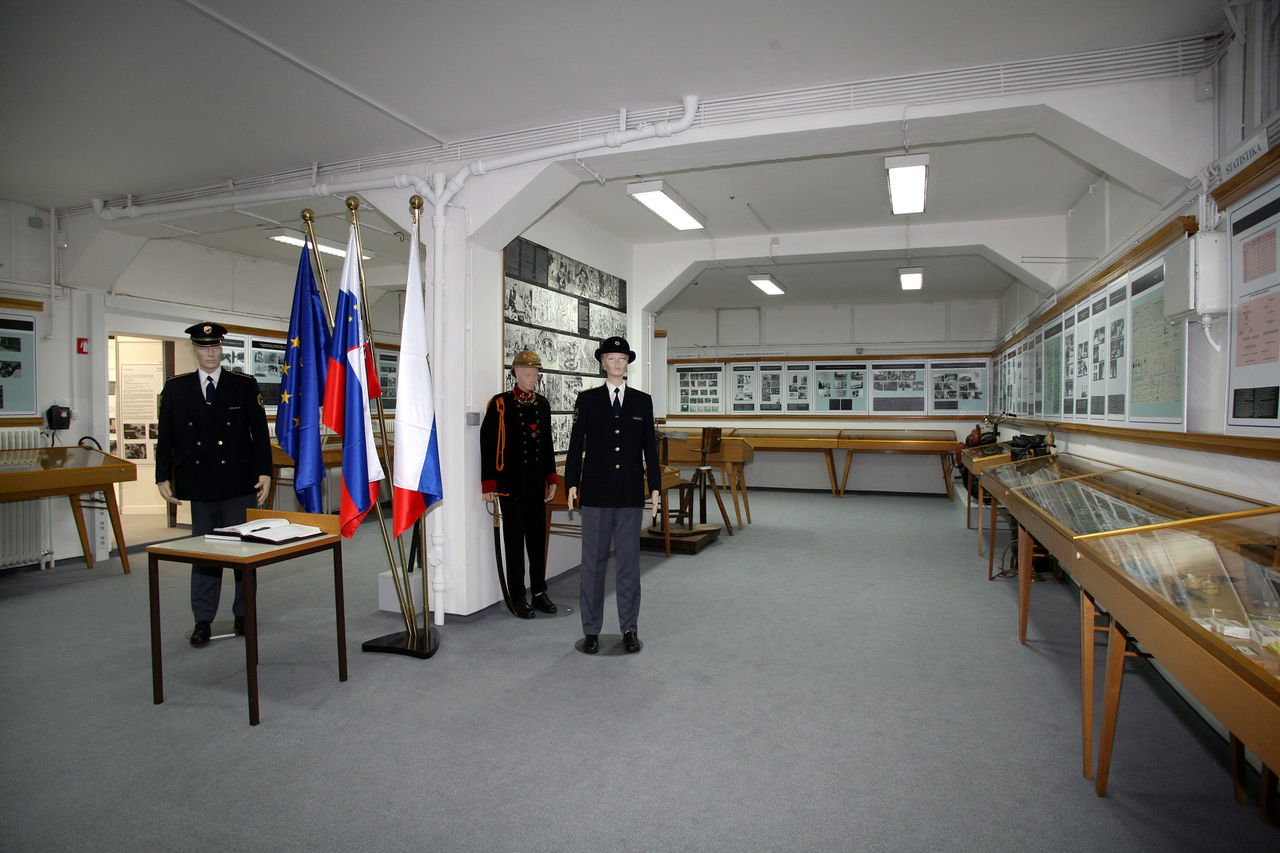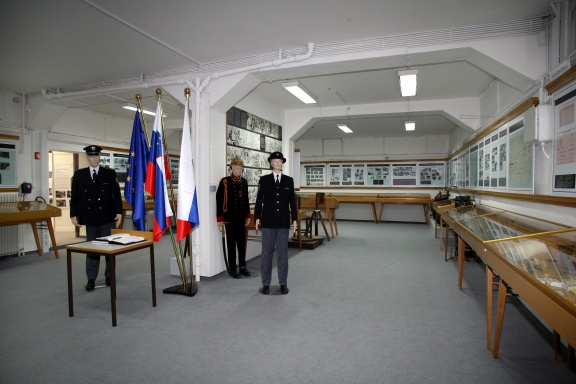Museum of Slovene Police
History
After World War I, documentation on criminal acts on the territory of Slovenia was collected in the old military barracks in Šempeter, Ljubljana. Later the collection was transferred to various locations and since 1970 the so-called Museum of Internal Organisation – Criminal Collection was housed at the Police Secondary School in Tacen, Ljubljana.
In 2001 a Police Academy was established, and as space was initially at a premium the museum was temporarily closed. However, in December 2006, the museum collections were finally allocated a space within the academy and can now be visited by appointment. In this transition period the curator collaborated with the artist Alenka Pirman on the methodological contemporary art exhibition The Case. Art and Criminality at Mala Gallery in 2005.
In 2006 the Ministry of the Interior also published a thorough monography The Museum of the Internal Affairs Agencies – A Catalogue and Notes on the History of the Museum, Its Objects and the People Who Created It (in Slovenian).
Collections
The collections fulfill an important educational function and raise the awareness on crime prevention; its target audience includes students of criminal and social sciences, law students, doctors, ethnologists, social workers, and defectologists as well as the general public. The collections have been divided into the following sections:
- Homicides and sexual criminal offenses
- Crimes against property
- Illicit drugs
- Juvenile delinquency
- Economic crime
- Criminal offenses related to the safety of the state and its constitutional system (formerly Political crime)
- Execution of penal sanctions
- Presentation of the Forensic investigation centre
See also
External links
- Police Museum web page on the Ministry of the Interior website (in Slovenian)
- Police Museum photo gallery on the Ministry of the Interior website
- The Police Museum monography (2006, pdf)




